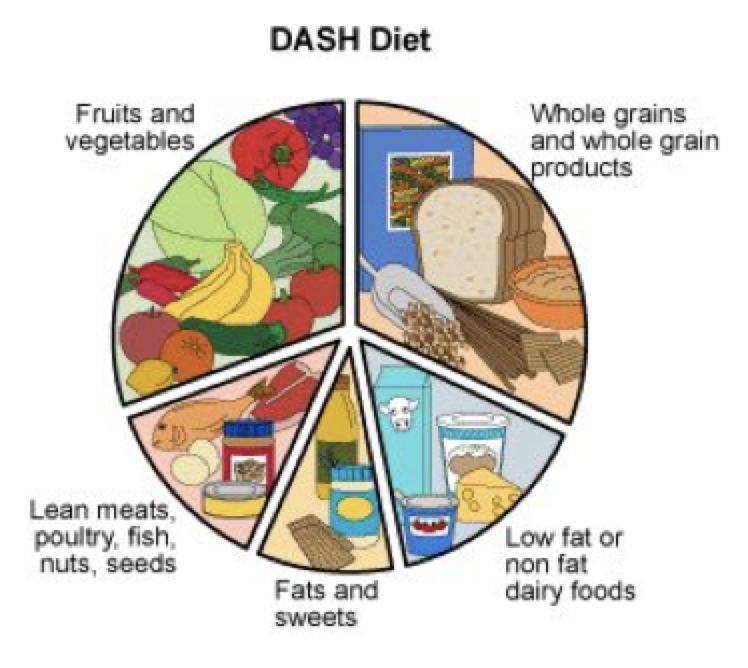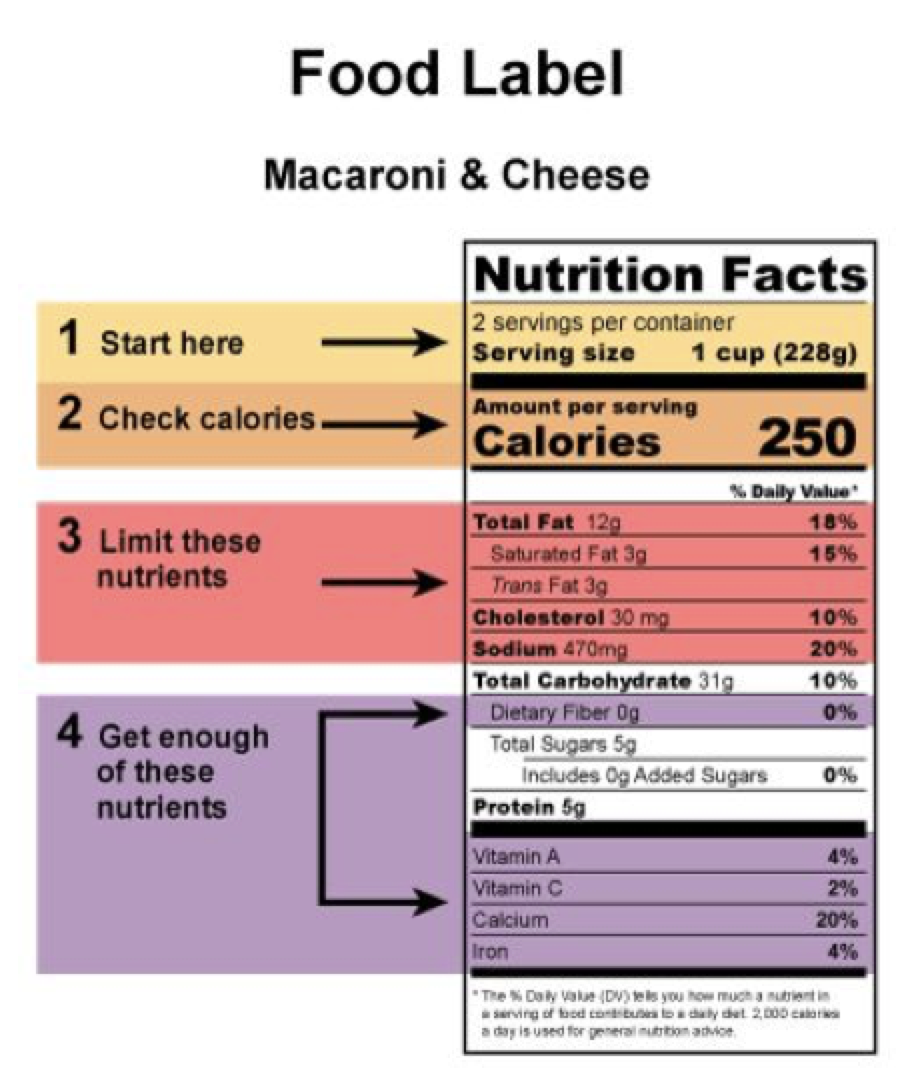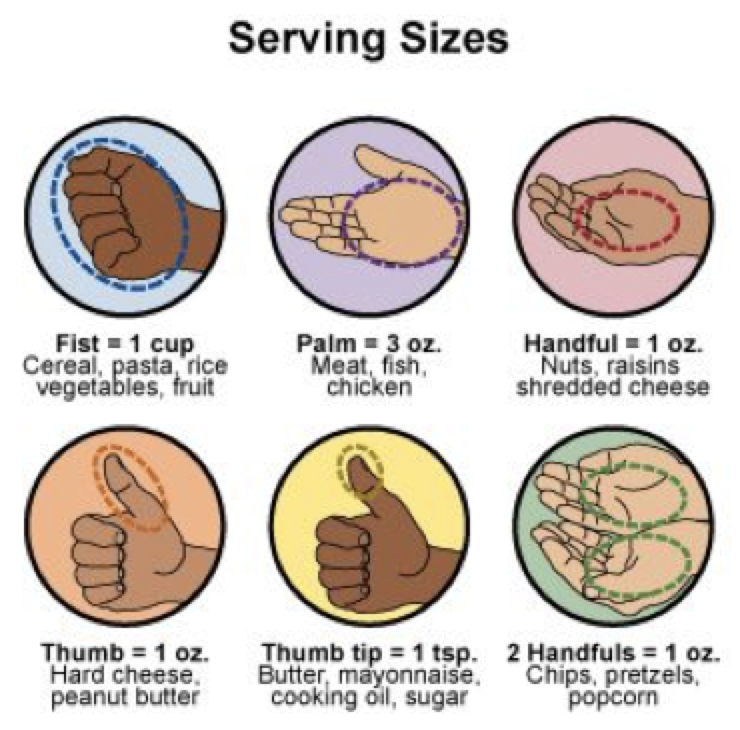DASH Diet
DASH Diet
DASH stands for Dietary Approaches to Stop Hypertension. The DASH diet may help you lower blood pressure. It may also help keep you from getting high blood pressure. You will eat less fat and more fiber on the DASH diet.
This diet gives you more minerals that fight high blood pressure. Some nutrients in this diet are:
- Potassium − Acts to help you get rid of salt. This may help to lower blood pressure.
- Calcium − Makes blood vessels and muscles work the right way
- Vitamin B12 − Helps the cells work the right way
- Fiber − Helps you feel full. It also helps digestion.
What will the results be?
The DASH diet may help you:
- Lower your blood pressure and cholesterol
- Lower your risk for cancer, heart disease, heart attack, and stroke. It may also lower your risk for heart failure, kidney stones, and diabetes.
- Lose weight or keep a healthy weight
What lifestyle changes are needed?
- Add regular exercise to get the most help from this diet.
- Do not skip meals. Eat breakfast each day.
- Try to lower stress. Find ways to relax.
- Stop smoking. Avoid secondhand smoke.
- Limit alcohol intake.
What changes to diet are needed?
- Know about poor eating habits. Then, you can fix them as you work with the program.
- Choose fruit and fruit-flavored gelatin instead of cakes and pastries. This will help to satisfy your desire for sweets.
- Limit eating food with a lot of salt or sodium in it. Avoid eating canned vegetables and processed foods. These have a lot of salt in them. Look for a low-salt or low-sodium choice.
Treatment to destroy the lining of the uterus
This is called "endometrial ablation." During this procedure, the doctor inserts a thin tube into the vagina, through the cervix and into the uterus. Then they use tools inserted through that tube to destroy the lining of the uterus. This procedure reduces bleeding from heavy periods. But it is not an option for everyone. It is also not appropriate for people who might want to get pregnant.
Who should use this diet?
This eating plan is good for the whole family. It is also good for people with high blood pressure and those at risk for high blood pressure.
What foods are good to eat?
- Grains: Try to eat 6 to 8 servings of whole grain, high fiber foods each day. These are bread, cereals, brown rice, or pasta.
- Fruits and vegetables: Eat 4 to 5 servings each day. Try to pick many kinds and colors. Fresh or frozen are best. Look for low sodium or salt-free if you choose canned. Dried peas, beans, and lentils are also good.
- Dairy: Try to eat 2 to 3 servings of fat free and low fat milk products each day.
- Lean meats, poultry, and seafood: Try to eat 6 servings or less of lean meats, poultry, and seafood each day. Try to choose more low fat or lean meats like chicken and turkey. Eat less red meat. Eat more fish instead.
- Nuts, seeds, and legumes (dry beans and peas): Try to eat 4 to 5 servings each week. Try to pick nuts such as almonds, walnuts, sunflower seeds, peanut butter, soy beans, lentils, kidney beans, and split peas.
- Fats and oils: Try to eat 2 to 3 servings of fats and oils each day. Eat good fats found in fish, nuts, and avocados. Try using olive oil or vegetable oils such as canola oil. Other good oils to try are corn, safflower, sunflower, or soybean oils. Use low-sodium and low-fat salad dressing and mayonnaise.
- Condiments: Pepper, herbs, spices, vinegar, lemon or lime juices are great for seasoning. Be careful to choose low-sodium or salt-free products if you use broths, soups, or soy sauce.
- Sweets: Try to eat less than 5 servings each week. Choose low-fat, trans fat-free, sugar-free cookies. These are things like graham crackers, animal crackers, low-fat fig bars, and ginger snaps. It is better to choose gelatin or fruit to satisfy your desire for sweets.

What foods should be limited or avoided?
- Grains: Salted breads, rolls, crackers, quick breads, self-rising flours, biscuit mixes, regular bread crumbs, instant hot cereals, commercially-prepared rice, pasta, stuffing mixes
- Fruits and vegetables: Commercially-prepared potatoes and vegetable mixes, regular canned vegetables and juices, vegetables frozen with sauce or pickled vegetables, processed fruits with salt or sodium
- Milk: Whole milk, malted milk, chocolate milk, buttermilk, cheese, ice cream
- Meats and beans: Smoked, cured, salted, or canned fish; meats or poultry such as bacon, sausages, sardines; high-fat cuts of meat like beef, lamb, or pork; chicken with the skin on it
- Fats: Cut back on solid fats like butter, lard, and margarine. Eat less food with high saturated fat, cholesterol and total fat.
- Condiments and snacks: Salted and canned peas, beans, and olives; salted snack foods; fried foods; soda or other sweetened drinks; commercially-softened water; club soda
- Sweets: High-fat baked goods such as muffins, donuts, pastries, commercial baked goods, candy bars
- Avoid drinking beer, wine, and mixed drinks (alcohol) and sodas.
Helpful tips
- Try baking or broiling instead of frying food.
- Write down the foods you eat. This will help you track what you have eaten each week.
- When you go to a grocery store, have a list or a meal plan. Do not shop when you are hungry to avoid cravings for foods.
- Read food labels with care. They will show you how much is in a serving. The amount is given as a percentage of the total amount you need each day. Reading labels will help you make healthy food choices.


- Avoid fast foods.
- Taking vitamin and mineral supplements will help you balance your diet.
- Talk to a dietitian for help.




